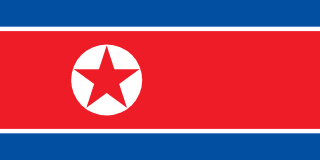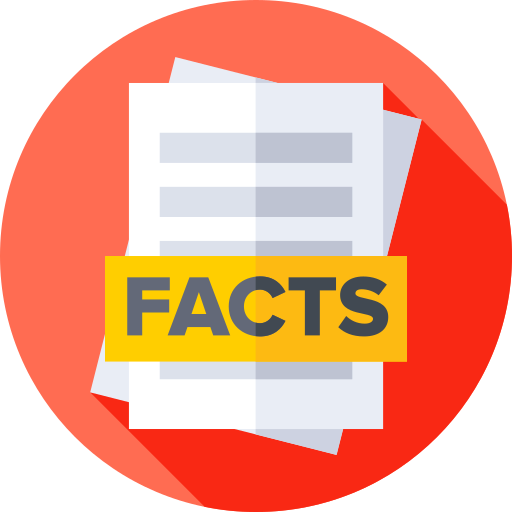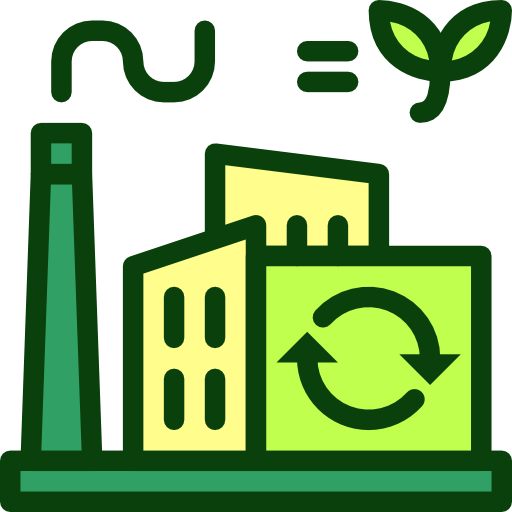North Korea - Geography

Here, let us take a look at the Geography of North Korea. Strategic location bordering China, South Korea, and Russia; mountainous interior is isolated and sparsely populated. Mother's mean age at first birth is (), whereas, the Maternal mortality ratio is 107 deaths/100,000 live births (2020 est.)
Geographical data of North Korea
| Location | Eastern Asia, northern half of the Korean Peninsula bordering the Korea Bay and the Sea of Japan, between China and South Korea |
|---|---|
| Geographic coordinates | 40 00 N, 127 00 E |
| Map references | Asia |
| Tarrain | mostly hills and mountains separated by deep, narrow valleys; wide coastal plains in west, discontinuous in east |
| Natural Resources | coal, iron ore, limestone, magnesite, graphite, copper, zinc, lead, precious metals, hydropower |
| Natural Hazards | late spring droughts often followed by severe flooding; occasional typhoons during the early fall volcanism: P'aektu-san (2,744 m) (also known as Baitoushan, Baegdu, or Changbaishan), on the Chinese border, is considered historically active |
| Irrigated Land | 14,600 sq km (2012) |
| Major rivers (by length in km) | |
| Major aquifers | |
| Land Boundaries | 1,607 km |
| Border Countries | China 1,352 km; South Korea 237 km; Russia 18 km |
| Coastline | 2,495 km |
| Climate | temperate, with rainfall concentrated in summer; long, bitter winters |
| Area | |
| Total Area | |
| Land Area | 120,408 sq km |
| Water Area | 130 sq km |
| comparative Area | slightly larger than Virginia; slightly smaller than Mississippi |
| Maritime Claims | |
| Territorial sea | 12 nm |
| Exclusive economic zone | 200 nm |
| Elevations | |
| Highest point | Paektu-san 2,744 m |
| Lowest point | Sea of Japan 0 m |
| Mean elevation | 600 m |
| Land Use | |
| Agricultural land | 21.5% (2022 est.) |
| Agricultural land: arable land | arable land: 19.1% (2022 est.) |
| Agricultural land: permanent crops | permanent crops: 2.1% (2022 est.) |
| Agricultural land: permanent pasture | permanent pasture: 0.4% (2022 est.) |
| Forest | 49.7% (2022 est.) |
| Other | 28.7% (2022 est.) |
Population Distribution
Population concentrated in the plains and lowlands; least populated regions are the mountainous provinces adjacent to the Chinese border; largest concentrations are in the western provinces, particularly the municipal district of Pyongyang, and around Hungnam and Wonsan in the east
People and Society
In North Korea, the different Ethnic groups are such that we have: Racially homogeneous; there is a small Chinese community and a few ethnic Japanese
| Population | |
|---|---|
| Pop growth rate | 0.4% (2024 est.) |
| Birth rate | 13.2 births/1,000 population (2024 est.) |
| Death rate | 9.2 deaths/1,000 population (2024 est.) |
| Health expenditure | |
| Physicians Density | |
| Hospital bed Density | |
| Total fertility rate | 1.81 children born/woman (2024 est.) |
| Gross reproduction rate | 0.88 (2024 est.) |
| Contraceptive prevalence rate | 70.2% (2017) |
| Est married women (ages 15-49) | 69.7% (2023 est.) |
| Literacy | |
| Education expenditures | |
| Net Migration rate | 0 migrant(s)/1,000 population (2024 est.) |
| Nationality | Korean | Korean(s) |
| Languages | |
| Religions | traditionally Buddhist and Confucian, some Christian and syncretic Chondogyo (Religion of the Heavenly Way) |
| Age Structure | |
| 0-14 years | 19.9% (male 2,673,822/female 2,548,775) |
| 15-64 years | 68.9% (male 9,054,771/female 9,066,447) |
| 65 years and over | 11.2% (2024 est.) (male 1,099,676/female 1,855,175) |
| Dependency Ratios | |
| Total dependency ratio | 45.1 (2024 est.) |
| Youth dependency ratio | 28.8 (2024 est.) |
| Elderly dependency ratio | 16.3 (2024 est.) |
| Potential support ratio | 6.1 (2024 est.) |
| Median Age | |
| Total | 35.9 years (2024 est.) |
| Male | 34.5 years |
| Female | 37.4 years |
| Urbanization | |
| Urban population | 63.2% of total population (2023) |
| Rate of urbanization | 0.85% annual rate of change (2020-25 est.) |
| Major urban areas (Pop) | 3.158 million PYONGYANG (capital) (2023). |
| Sex Ratio | |
| At birth | 1.06 male(s)/female |
| 0-14 years | 1.05 male(s)/female |
| 15-64 years | 1 male(s)/female |
| 65 years and over | 0.59 male(s)/female |
| Total population | 0.95 male(s)/female (2024 est.) |
| Infant Motality | |
| Total | 15.4 deaths/1,000 live births (2024 est.) |
| Male | 16.9 deaths/1,000 live births |
| Female | 13.8 deaths/1,000 live births |
| Life Expectancy at birth | |
| Total population | 73.5 years (2024 est.) |
| Male | 70.2 years |
| Female | 77 years |
| Drinking Water Sources | |
| Improved: urban | urban: 97.8% of population |
| Improved: rural | rural: 89.1% of population |
| Improved: total | total: 94.5% of population |
| Unimproved: urban | urban: 2.2% of population |
| Unimproved: rural | rural: 10.9% of population |
| Unimproved: total | total: 5.5% of population (2020 est.) |
| Sanitation facility acess | |
| Improved: urban | urban: 92.7% of population |
| Improved: rural | rural: 73.1% of population |
| Improved: total | total: 85.3% of population |
| Unimproved: urban | urban: 7.3% of population |
| Unimproved: rural | rural: 26.9% of population |
| Unimproved: total | total: 14.7% of population (2020 est.) |
| Alcohol consumption per capita | |
| Total | 3.61 liters of pure alcohol (2019 est.) |
| Beer | 0.12 liters of pure alcohol (2019 est.) |
| Wine | 0 liters of pure alcohol (2019 est.) |
| Spirits | 3.48 liters of pure alcohol (2019 est.) |
| Other alcohols | 0 liters of pure alcohol (2019 est.) |
| Tobacco use | |
| Total | 16% (2025 est.) |
| Male | 32.6% (2025 est.) |
| Female | 0% (2025 est.) |
| Child marriage | |
| Women married by age 15 | 0% (2017) |
| Women married by age 18 | 0.1% (2017) |
| Men married by age 18 | 0% (2017) |
Demographic profile
All Important Facts about North Korea
Want to know more about North Korea? Check all different factbooks for North Korea below.
-
 North Korea Factbook
North Korea Factbook
-
 The Economy of North Korea
The Economy of North Korea
-
 Learn about the Government of North Korea
Learn about the Government of North Korea
-
 Communication in North Korea
Communication in North Korea
-
 Popular Universities in North Korea
Popular Universities in North Korea
-
 Enerny in North Korea
Enerny in North Korea
-
 Transport in North Korea
Transport in North Korea
-
 The Geography and society of North Korea
The Geography and society of North Korea
-
 The Environment of North Korea
The Environment of North Korea
-
 Military and security in North Korea
Military and security in North Korea